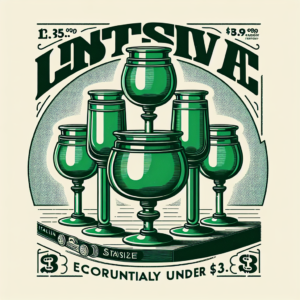With the arrival of summer and the increase in social interactions, there is an increase in sexually transmitted diseases (STDs). Juan Céspedes, head of the Gynecology and Obstetrics Service at Policlínica Gipuzkoa, explains this.
Therefore, the use of barrier methods, such as male and female condoms or dental dams, is essential to prevent STDs, especially during times of parties and increased social activity. Céspedes clarifies a common confusion: “The use of contraceptives does not prevent these diseases; it is crucial to always use barrier methods.” He also highlights the vital role of vaccines, especially the Human Papillomavirus (HPV) vaccine, which is included in the school vaccination schedule and available for all ages.
The specialist explains that the age group most affected by these diseases ranges from 25 to 50 years old. STDs can be caused by viruses, bacteria, fungi, and parasites. Among them, HPV is one of the most common, with a prevalence of contact in up to 80% of the population. Although Céspedes points out that the pathogens that have increased the most in the last decade “are chlamydia and gonococcus, with an exponential increase in detection,” adds the gynecologist.
The symptoms of STDs vary considerably, from itching and burning when urinating to changes in vaginal discharge, general discomfort, and fever. In the event of any symptoms, Céspedes urges patients to request a gynecological appointment for a thorough evaluation and to begin treatment if necessary.
However, there are also asymptomatic Sexually Transmitted Diseases: “The most common case is HPV, which can be in the vagina or cervix for years and not cause problems, but that’s why the Cervical Cancer Screening Program is established, in case any alterations in the cervix occur, to detect it as soon as possible,” explains the gynecologist.
Céspedes emphasizes the essential distinction between Sexually Transmitted Diseases (STDs) and Sexually Transmitted Infections (STIs). “It is one thing to contract an infection and another to develop a disease,” he explains. Not all infections result in a disease, although both terms are frequently used interchangeably.
The diagnosis of STDs is diverse, depending on the pathogen. “Cytologies, HPV detections, vaginal cultures, or serologies through blood tests may be necessary,” he explains. Treatment varies depending on the infection, ranging from medications such as antibiotics and antifungals to, in some cases, surgical interventions. Céspedes emphasizes the importance of early diagnosis to avoid more complex treatments.
Referrer: MiMub in Spanish










